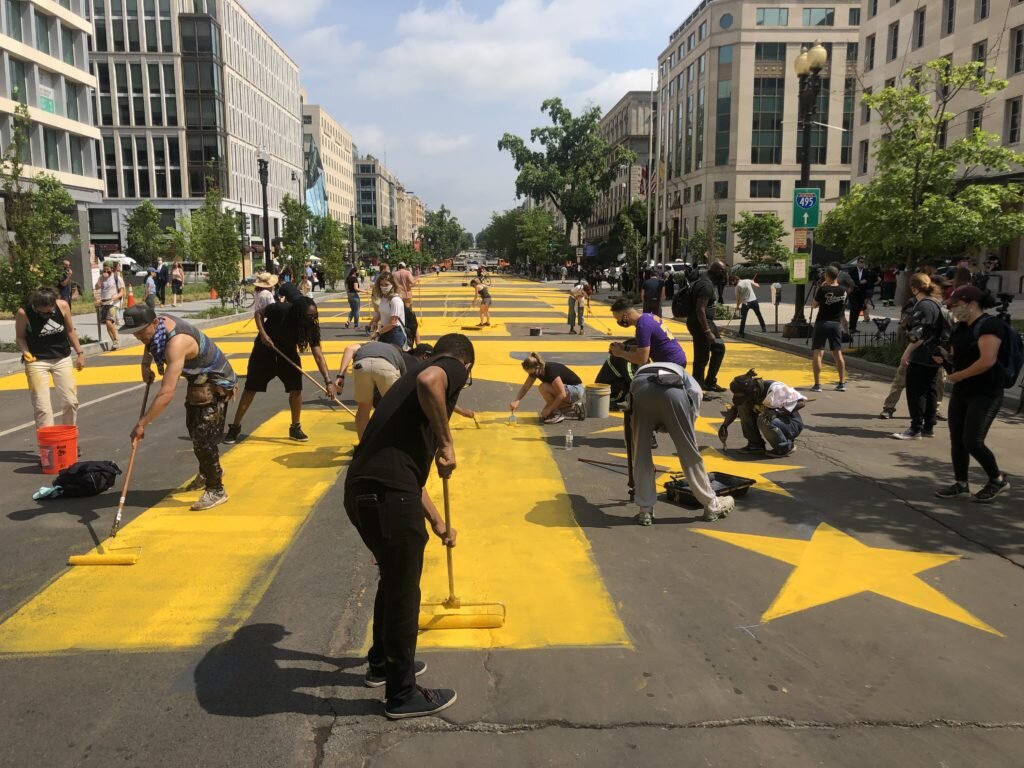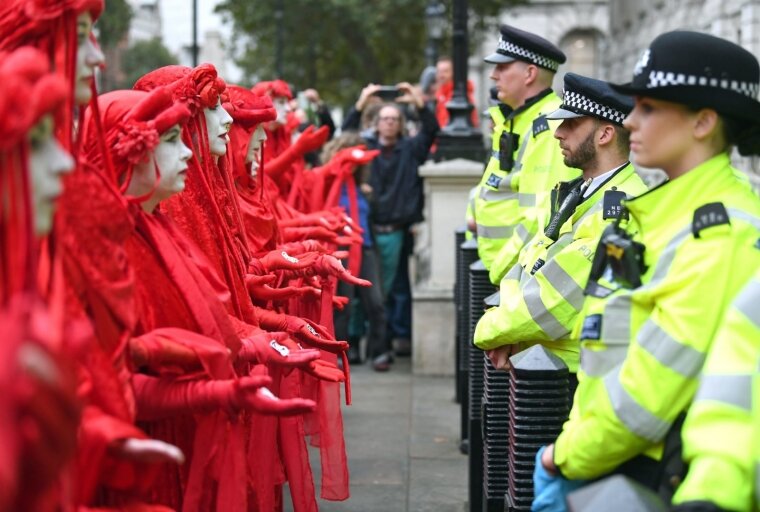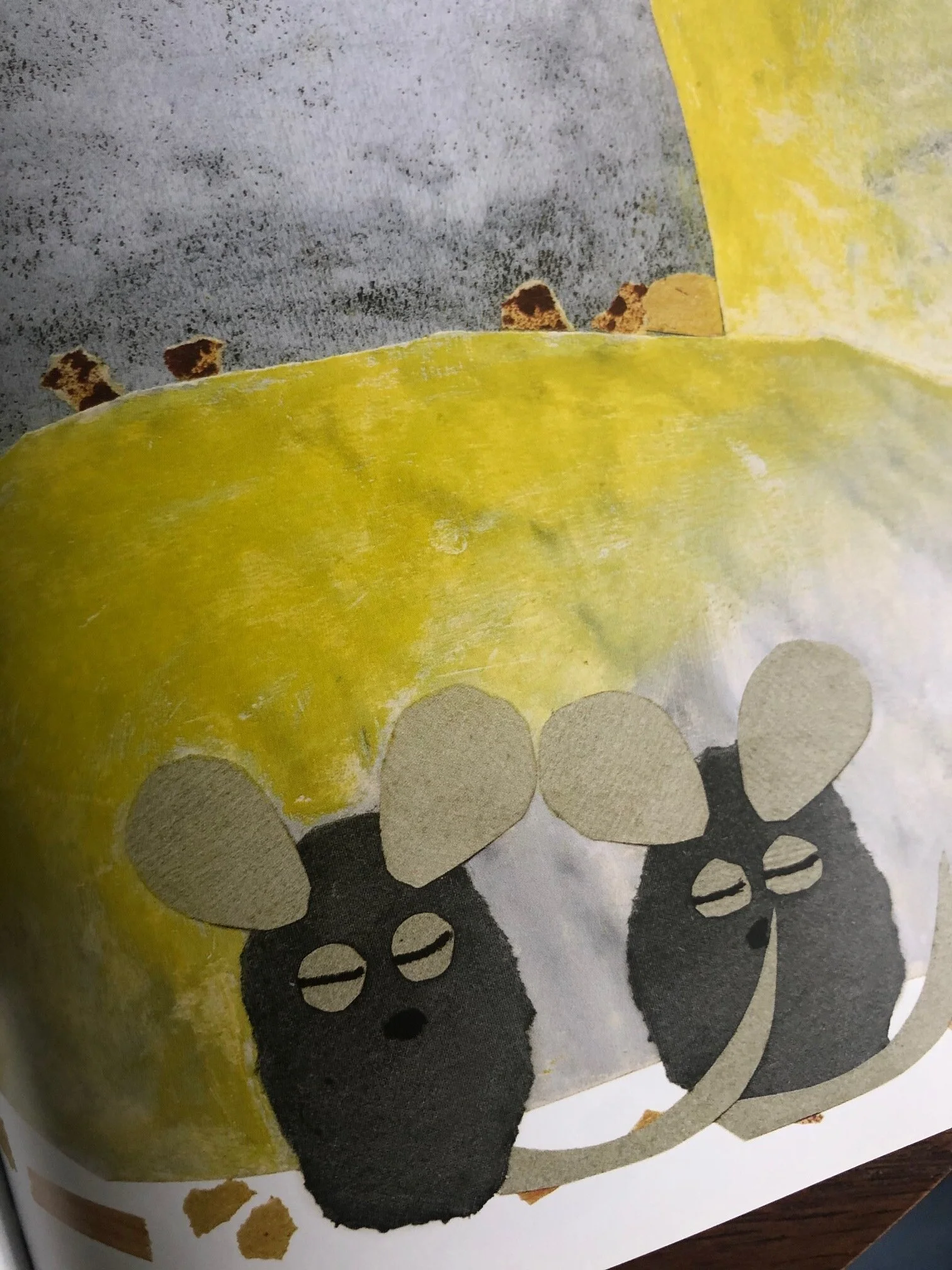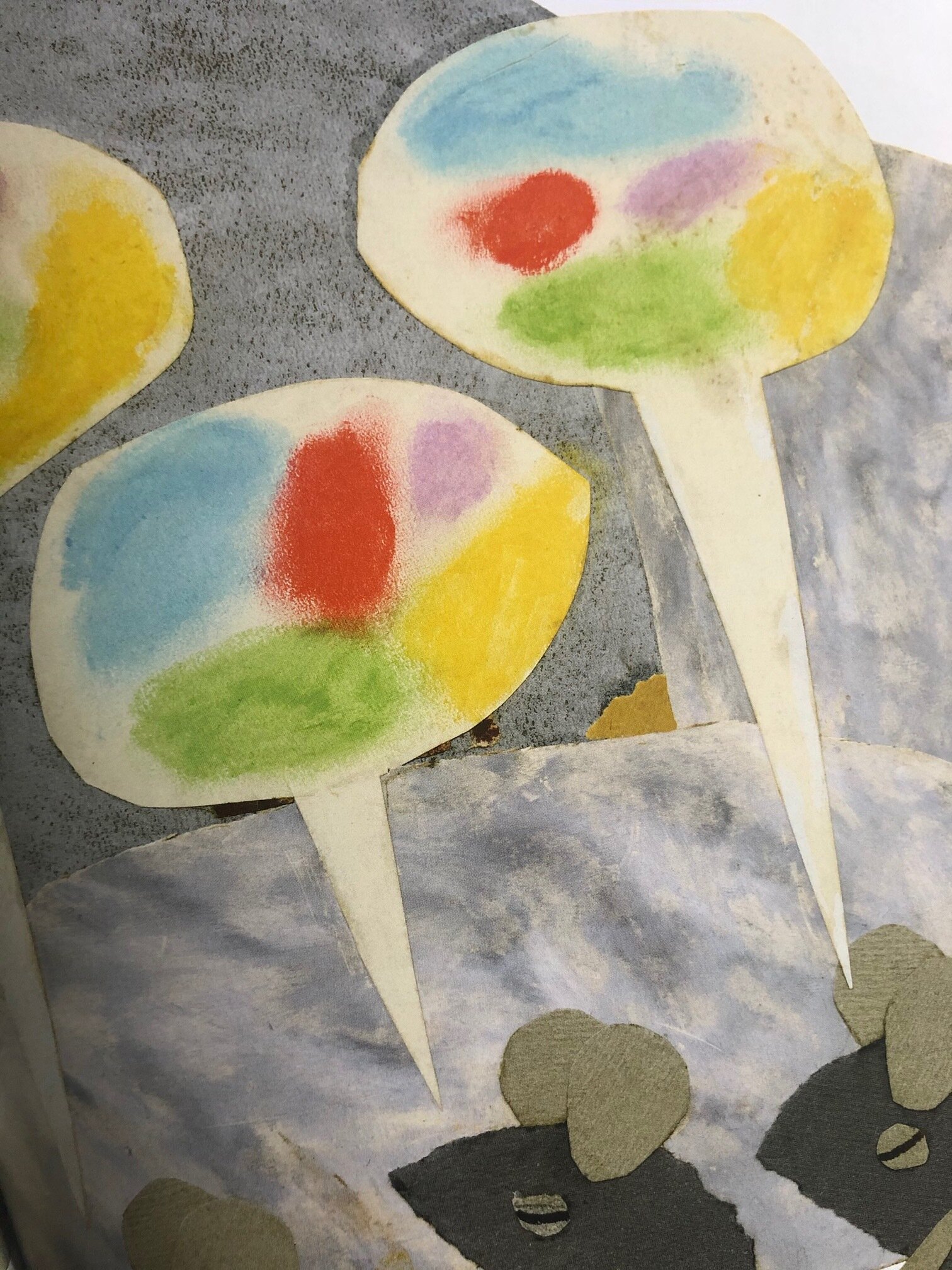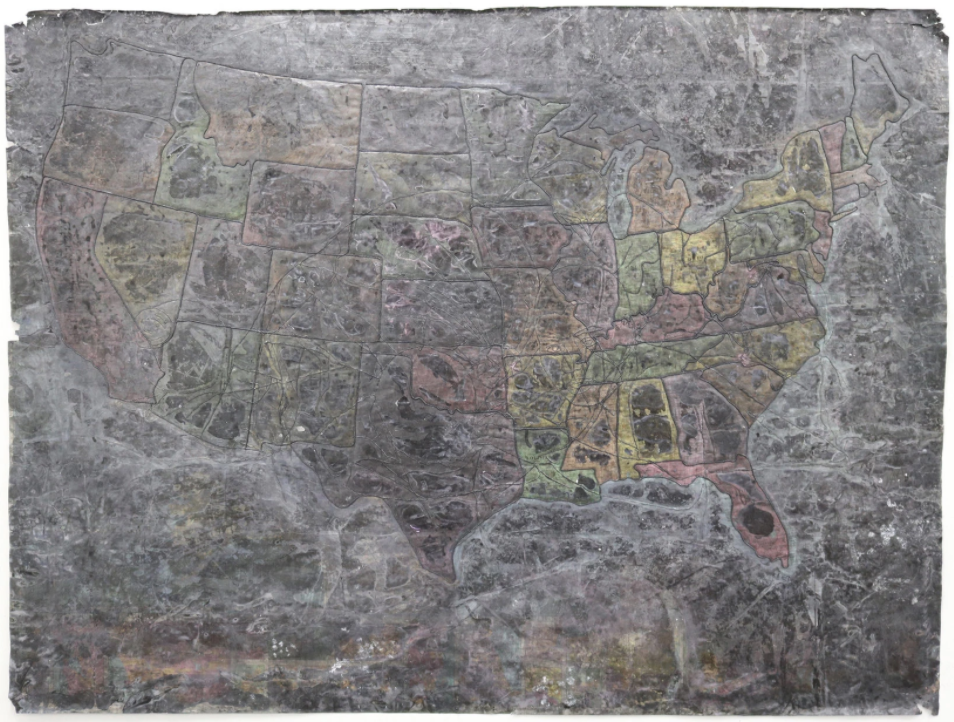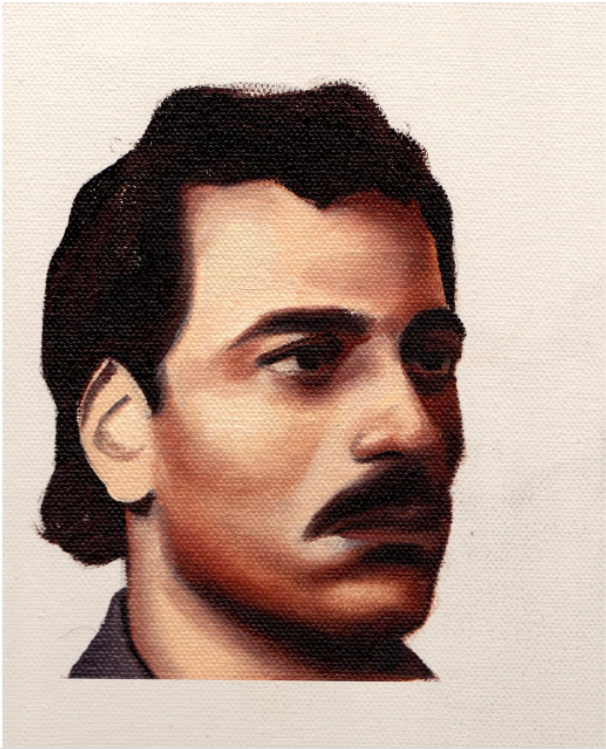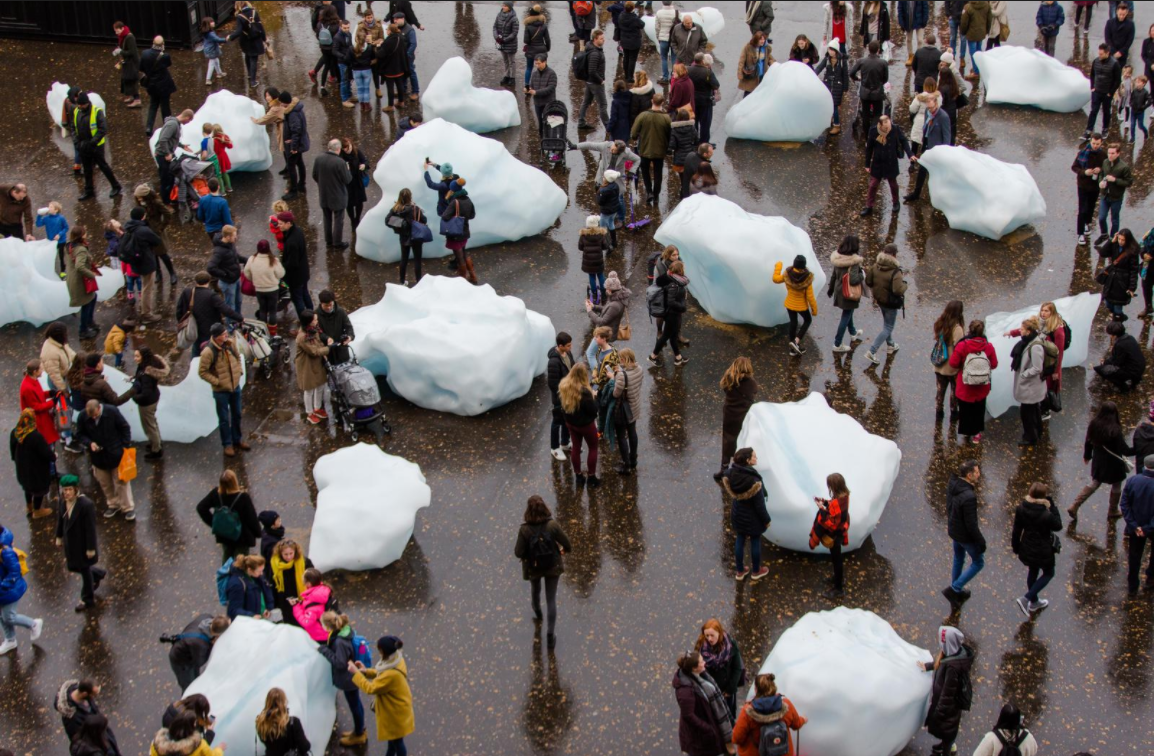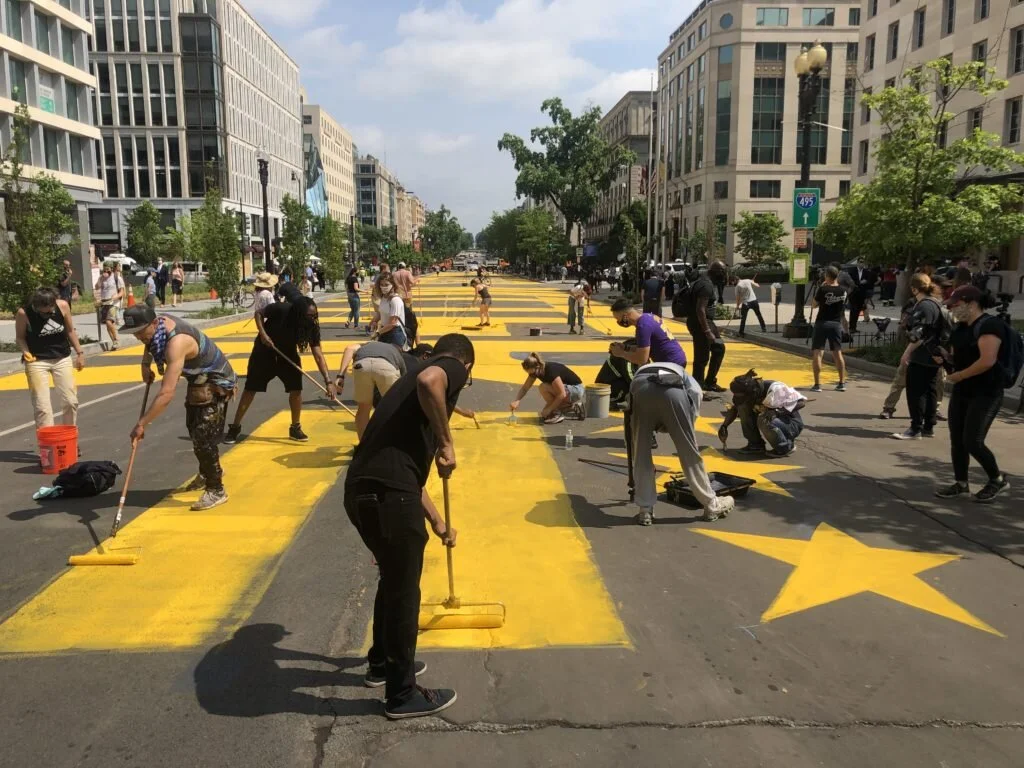Frederick
Art: What’s the Work?
In Frederick, the picture book by Leo Leoni about a mouse-artist whose work is not valued right away, we can lead to questions about the role of the artist in society and the role of art to impact change.
The story begins with a group of mice who know a long winter is coming and without reserves they will suffer. So they toil towards the one thing they know is important: they must collect food to sustain themselves through the winter months. All of them are hard at work, except, it seems, Frederick.
“Frederick, why don’t you work?” They asked. “I do work,” said Frederick. “I gather sun rays for the cold dark winter days.
It isn’t until deep into winter, when all the food reserves have been nibbled away and the cold is all they feel, that they discover that Frederick has something to offer. He’s able to remind them of the warm rays of the sun (and they feel it) and to bring up the colors of spring in their mind (and they see it). They are shocked that he is able to give them something they can appreciate. He goes from outcast to someone who (for the time being) has something they see as important.
The Role of the Artist in Society
There is not one role of the artist—we know this. But in the bouquet of possible responses, we can pull the flower that Frederick offers. Artists can help us turn our mind and heart to what would otherwise remain unseen. They not only help us see—they can help us come to know our own response. Frederick knew his art was relevant; he knew his time and knew what was needed even when society had not quite caught up with him. Some of today’s artists do the same.
To See: Immigration
Untitled (so much darkness, so much browness)
Artist Felipe Baeza explains: “I believe that when we share our images and tell our stories, we illustrate the human struggle...We need multidimensional, complex stories about who we are; we need to represent ourselves in our full humanity. That is how we can combat racism and that is how we can achieve justice. But more importantly, that is how we reclaim our existence.”
To See: Race and Institutionalized Violence
Red Summer
Artist Paul Rucker explains: “The last major pandemic, in 1918, was followed by race riots and massacres in 38 cities in 1919, now known as the Red Summer….It’s easy to see a parallel between then and now. Many point to potential positive outcomes from what the COVID-19 pandemic and this year’s global protests against police violence have exposed. But there should be caution along with the optimism and action. After the Red Summer came the Black Wall Street massacre and other forms of retribution: the passing of the Johnson-Reed Act of 1924, which banned Chinese immigration and imposed immigration quotas, and the rise of the Ku Klux Klan. Unintended consequences could lead to white supremacy strengthening through today’s events.”
To See: Hateful Rhetoric
Portrait of My Father as an Alien
Artist Tatyana Fazlalizadeh explains: “How we treat each other is based not only on our interpersonal interactions, but on how social and political structures inform our opinions of people and subsequently how we treat or mistreat them. I’m curious about how the hateful rhetoric and policies of our current administration influence our impressions of immigrants.”
To See: Forms of Oppression and the Disappeared
Last Address
“Yet one recent Sunday morning, Kossman, now a Queens-based artist and writer, joined a small band of Russian activists who have begun hanging plaques at the last known addresses of victims of Soviet-era repressions, in a project they call Posledny Adres (“Last Address”). Serguei Parkhomenko, the memorial’s mastermind, says it is a retort to a government that believes “human life means nothing, and the interests of the state stand above all else.” In today’s hyper-patriotic atmosphere, the humble sheets of brushed steel, each the size of a person’s palm, are practically subversive.”
To See: Impacts of Climate Change
Ice Watch
Olifar Eliasson’s installation: “Twelve large blocks of ice cast off from the Greenland ice sheet are harvested from a fjord outside Nuuk and presented in a clock formation in a prominent public place. The work raises awareness of climate change by providing a direct and tangible experience of the reality of melting arctic ice.”
The Value of Art in Society
“Social imagination is the capacity to invent visions of what should be and what might be in our deficit society, in the streets where we live and our schools. Social imagination not only suggests but also requires that one take action to repair or renew.” —educator and philsopher Maxine Greene, Releasing the Imagination
In an interview following Theaster Gates’ Ted Talk “How to Revive a Neighborhood: With Imagination, Beauty, and Art,” he is asked the following by the host: “You make such a compelling case for beauty and the importance of beauty and the arts. There would be others who would argue that funds would be better spent on basic services for the disadvantaged. How do you combat that viewpoint, or come against it?”
His response? “I believe that beauty is a basic service.” He is Frederick. In his story, you see how he transforms not just a neighborhood, but a way of seeing beyond the expectations others had of abandoned houses and nearby residents.
In her book of essays, Releasing the Imagination, educator and philosopher Maxine Greene writes: “Imagination is what, above all, makes empathy possible….(I)magination is the one [cognitive capacity] that permits us to give credence to alternative realities.” For her, a “lack of imagination results in an incapacity to create or even participate in what might be called a community.” For her, imagination and community are the crux of democracy.
As teachers, how can we create the spaces that inspire students to find their own sense of Frederickness, of what it means to be an artist?
Additional Resources
Pair art with the thinking routine Beauty and Truth. Read the Noble Oceans article here.
Read different artists’ perspectives on their own role in society in “What is the Artist’s Role in Society?”
View a collection of Black Lives Matter murals on the boulevards of different cities.
The following are linked above, but if you missed it, check out these two compilations of artists highlighting important themes through art: “How Have Artists Shaped Previous Protest Movements? 7 Historians on How the Past Can Help Us Understand the Present,” and “13 Artists On: Immigration.”
Finally, as part of the Tate Modern’s series How Art Became Active, check out their video on performance art and protest.
*Frontispiece
Leo Leoni’s Frederick (1967). New York, New York: Dragonfly Books
**Frontispiece
Photo by Toni SandysThe Washington Post via Getty Images from the following website: https://news.artnet.com/art-world/painting-streets-black-lives-matter-1881429
***Frontispiece
http://redrebelbrigade.com/



